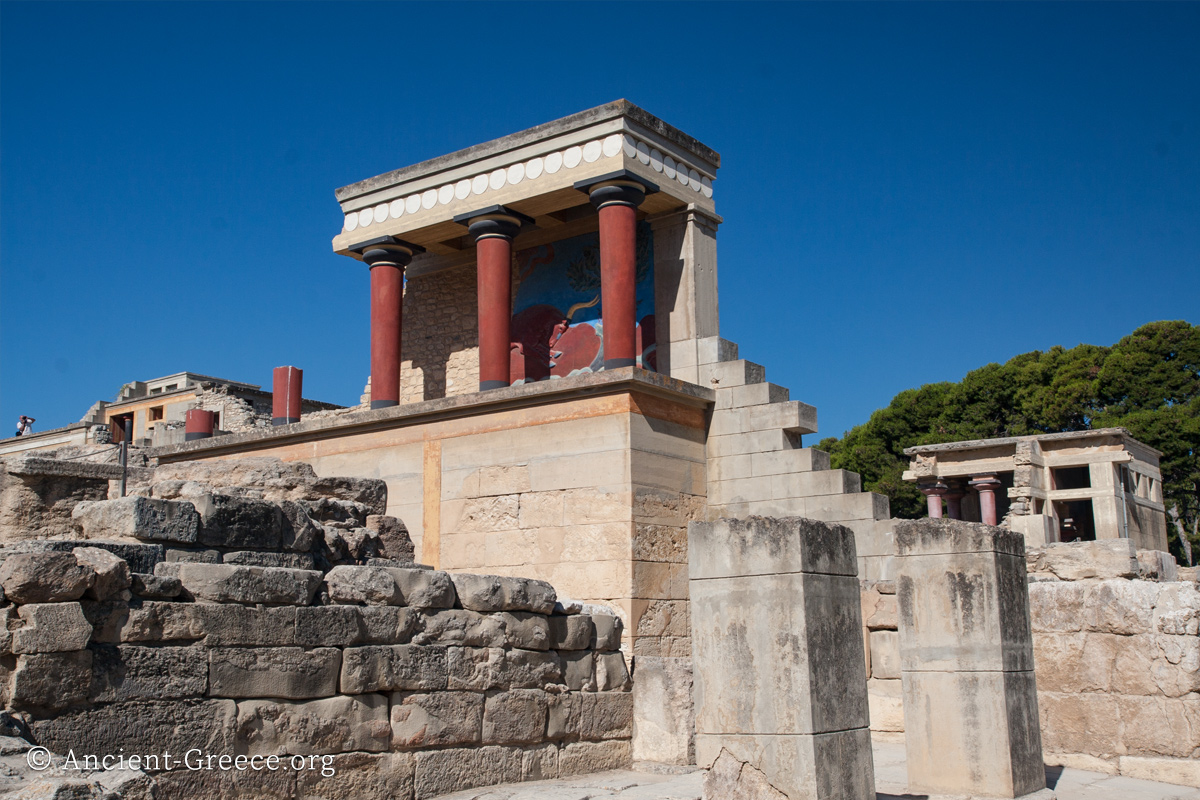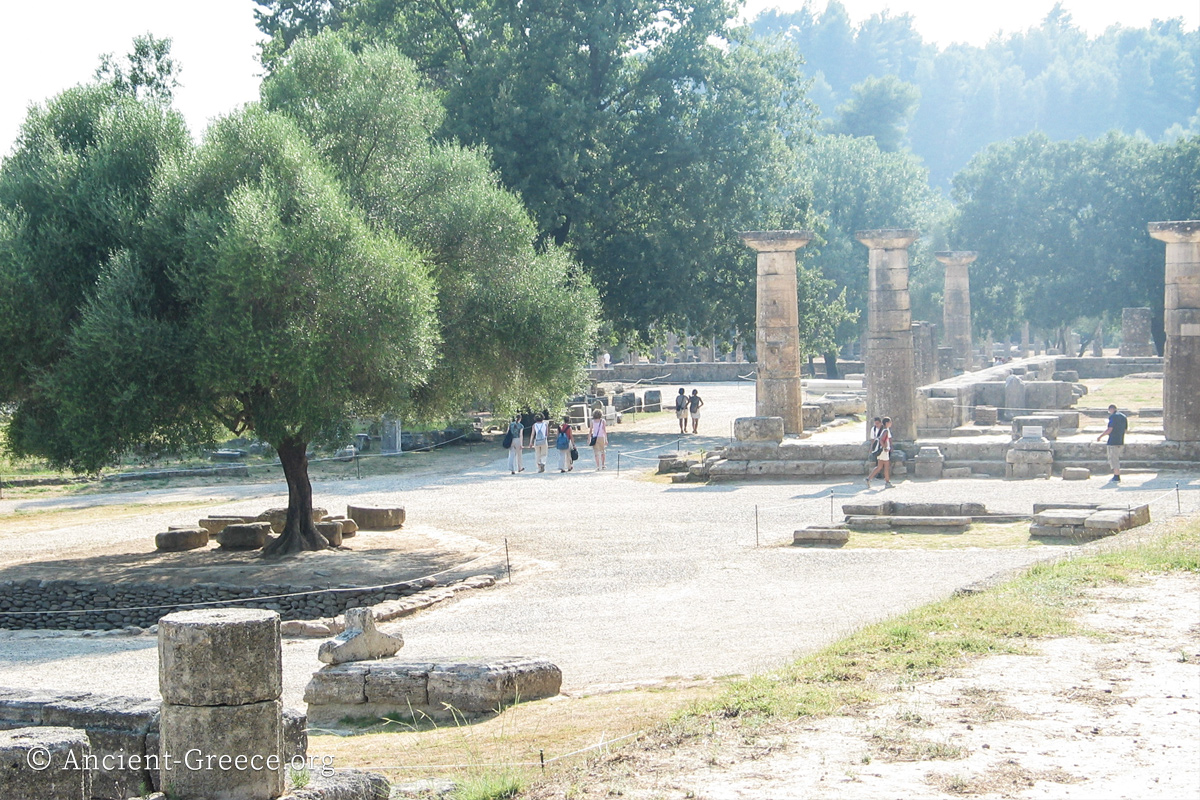Water Management, Plumbing
Water conservation and management was very important for the function of Ancient Greek communities. This is a collection of pages that contain resources (usually images of cisterns, wells, drainage, fountains, etc.) associated with water management in Ancient Greece.
-
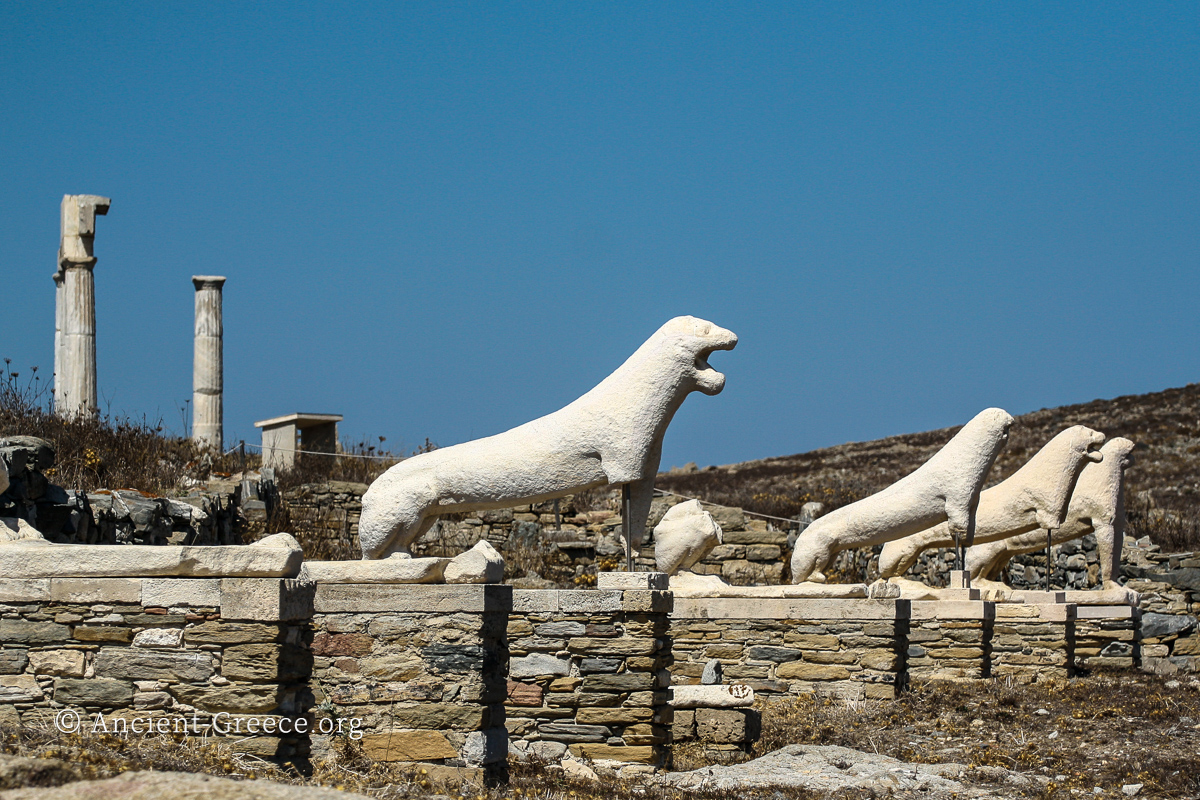
Delos Archaeological Site
Read more: Delos Archaeological SiteDelos (Δήλος) island, through its claim as the birthplace of Apollo was one of the most sacred places of ancient Greece, and through its central location in the Aegean Sea, was also one of the most robust trading centers…
-
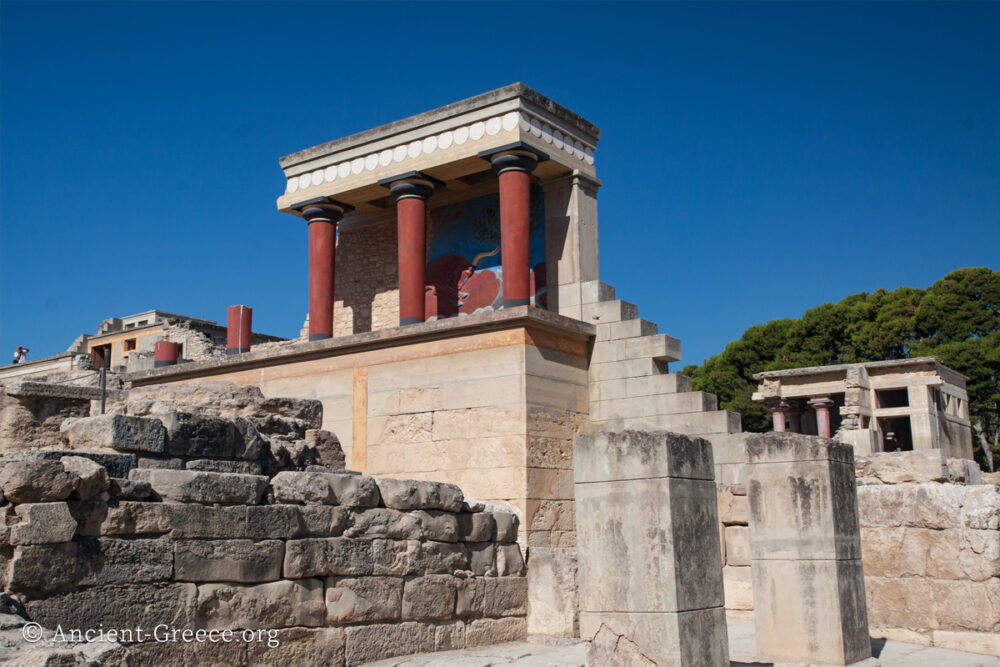
Knossos
Read more: KnossosKnossos (Κνωσσός, also transliterated as Cnossos, Knossus, Cnossus, Gnossus, Gnossos) palace was undeniably the most important center of Minoan Crete. It is grander, more complex, and more flamboyant than any of the other palaces known to us, and it…
-
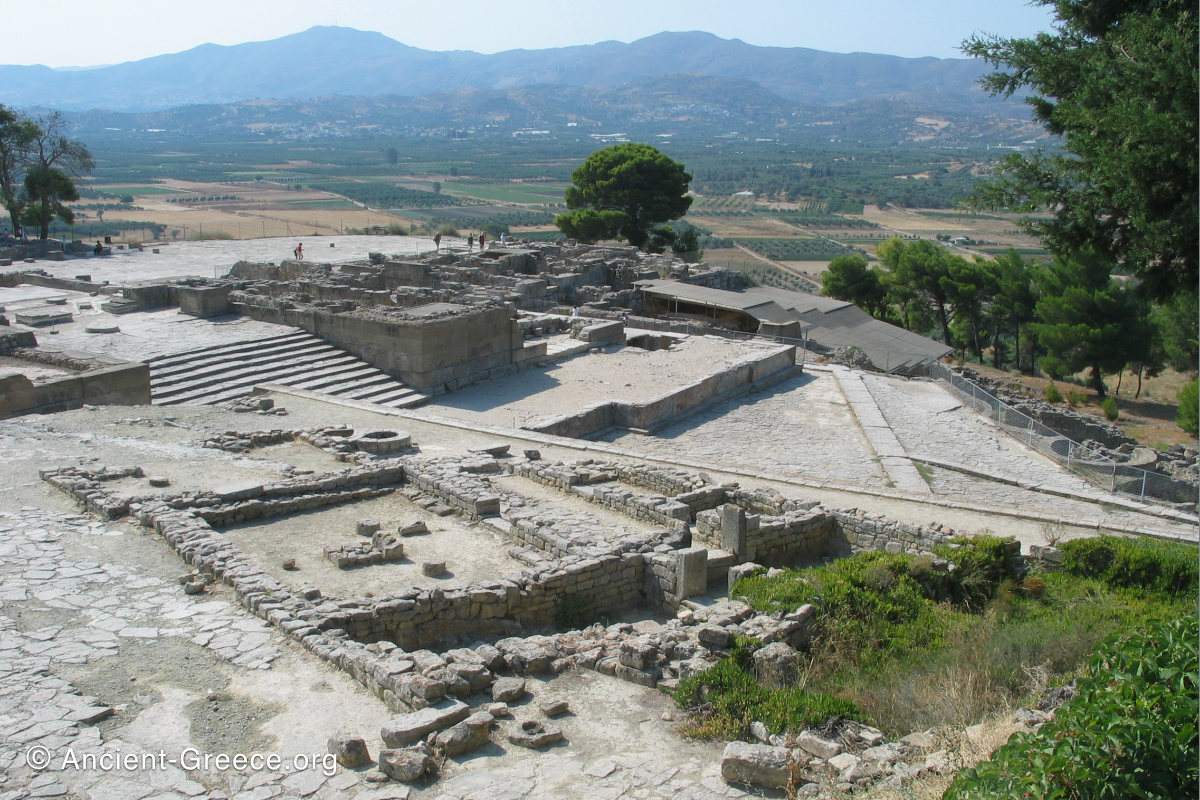
Phaistos
Read more: PhaistosPhaistos (Φαιστός, also transliterated as Faestos, Phaestos, Faistos) is the second largest Minoan palace of Crete after Knossos. The Bronze Age palace is located on a low hill in the Messara plain south of Heraklion. The site was…
-
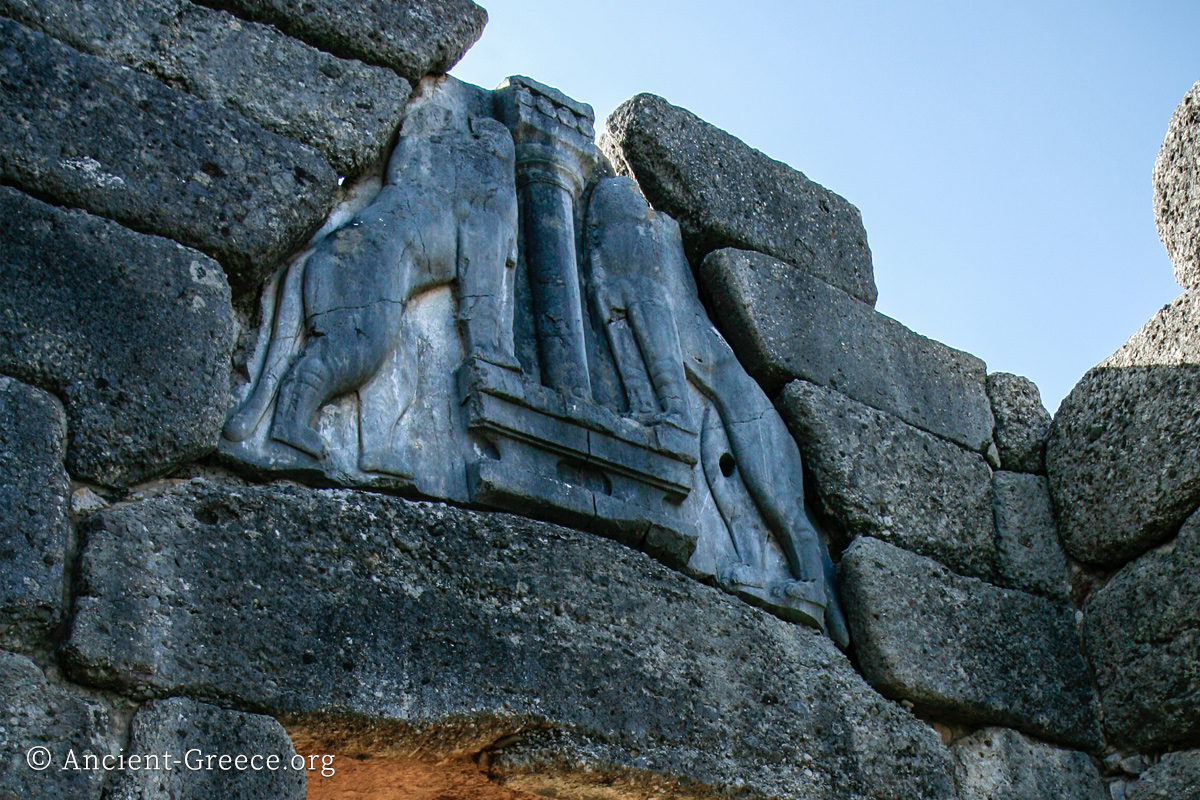
Mycenae Archaeological Site
Read more: Mycenae Archaeological SiteMycenae (Greek: Μυκήνες) is one of the most important archaeological sites of Greece. The fortified citadel is perched over the fertile plain of Argolis near the seashore in the northeast Peloponnese. Mycenae is the largest and most important center…
-
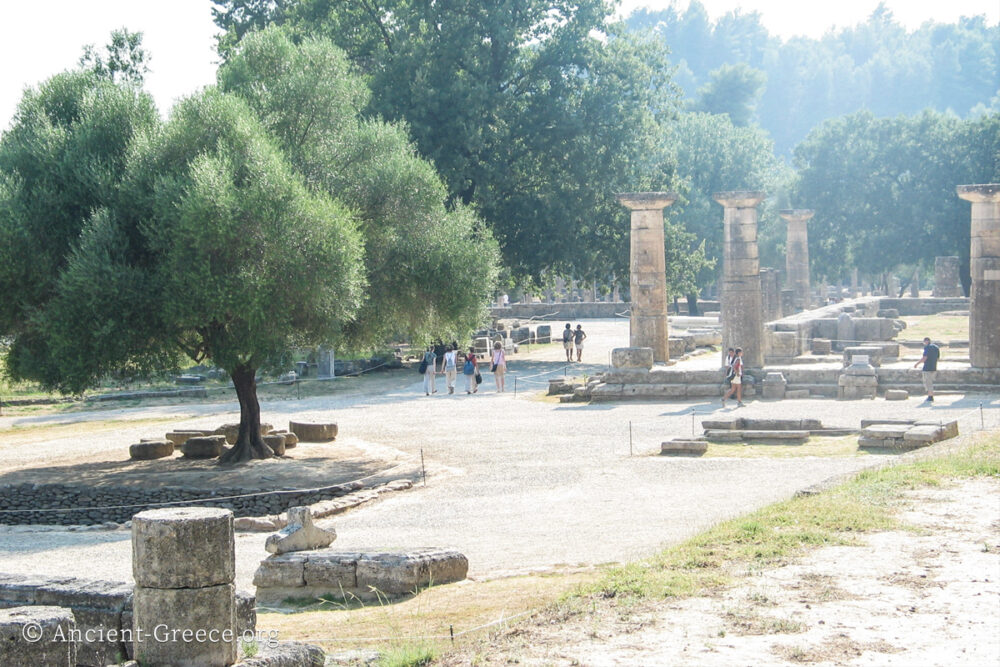
Olympia Archaeological Site
Read more: Olympia Archaeological SiteOlympia (Greek: Ολυμπία) is one of the most influential ancient Greek sanctuaries. It has been renown since antiquity as the founder and host of the Olympic Games which took place every four years, starting in 776 BCE. Olympia archaeological…
-
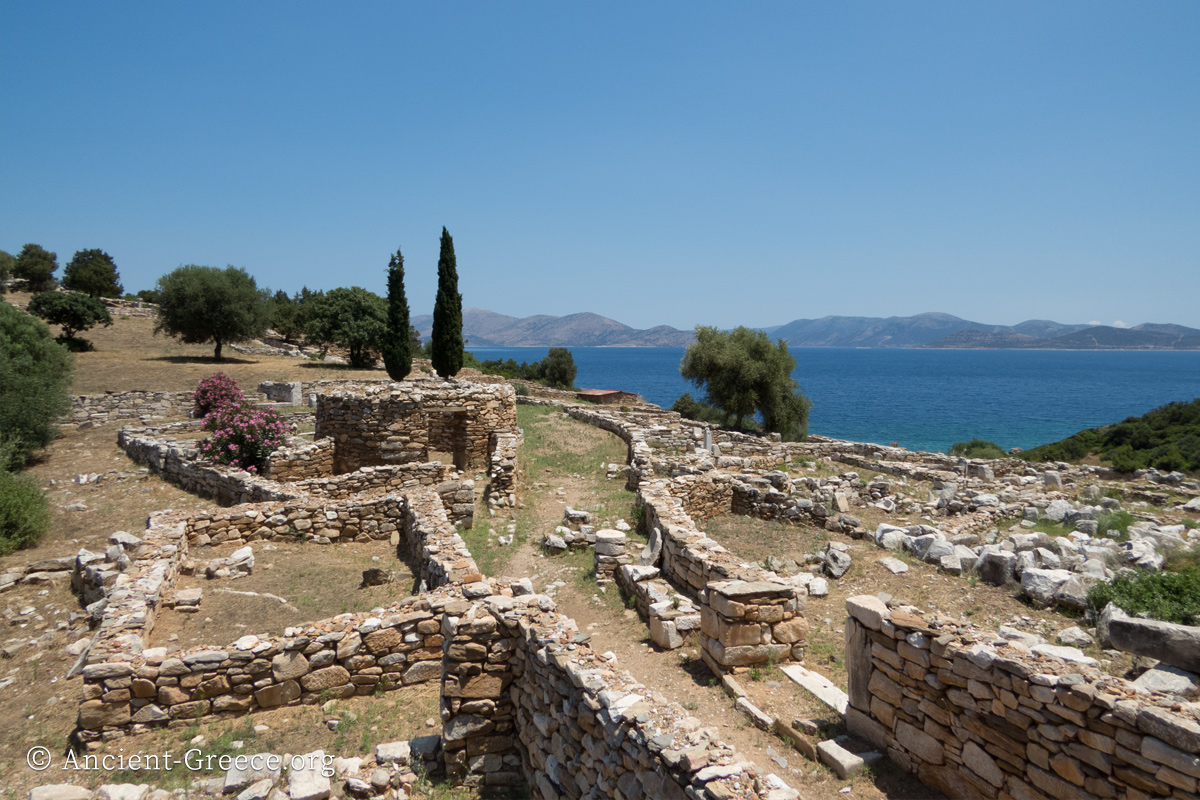
Rhamnous
Read more: RhamnousRhamnous (Greek: Ραμνούς; Also: Ramnous, or Rhamnus, or Rhamnounda, or Rhamnuntus) is an ancient Greek fortified town, located on the Attica coast, about 55 kilometers northeast from Athens. It was named for the local prickly bush called ramnos and…


